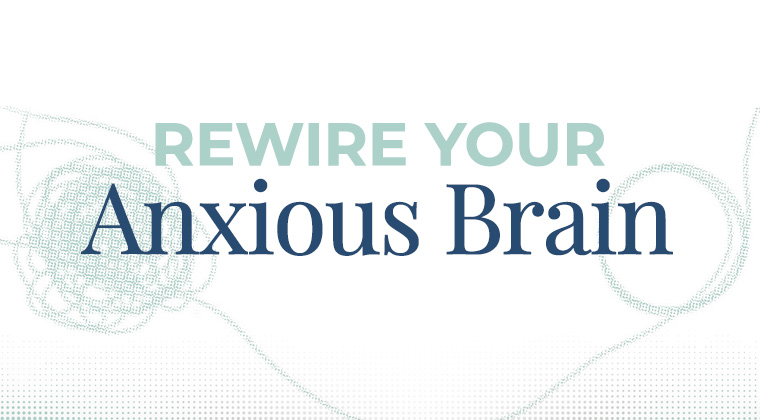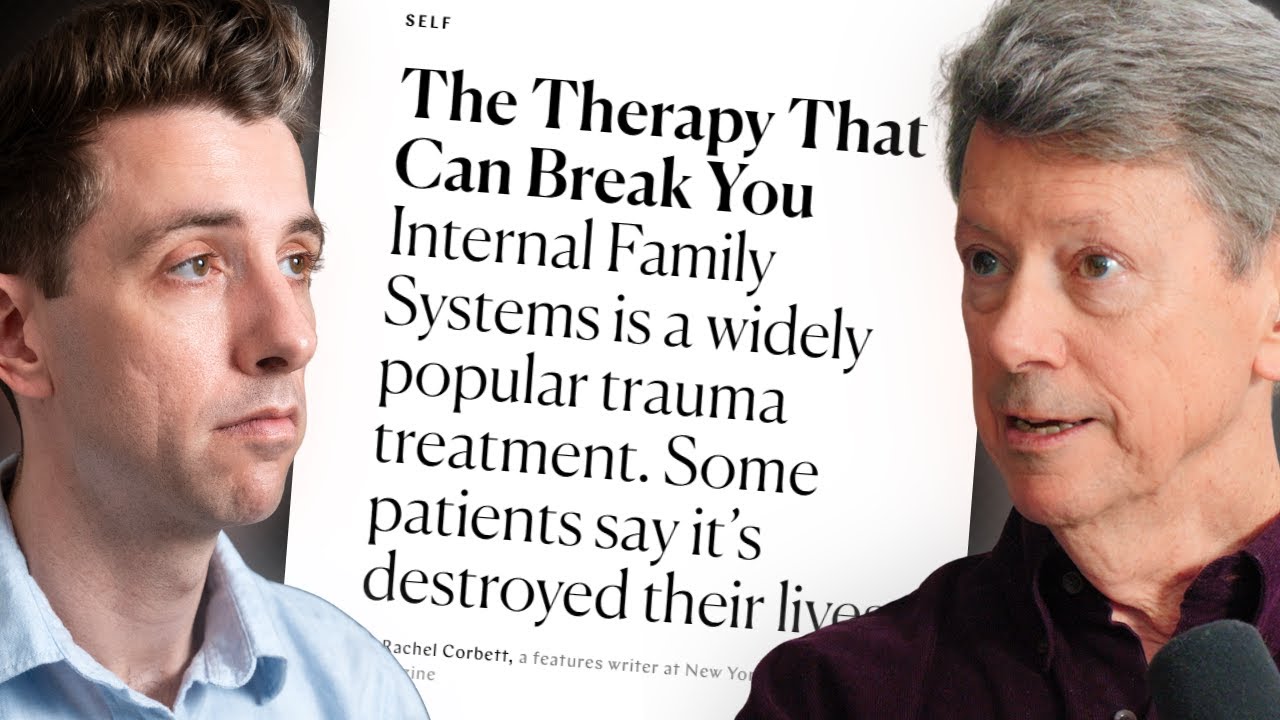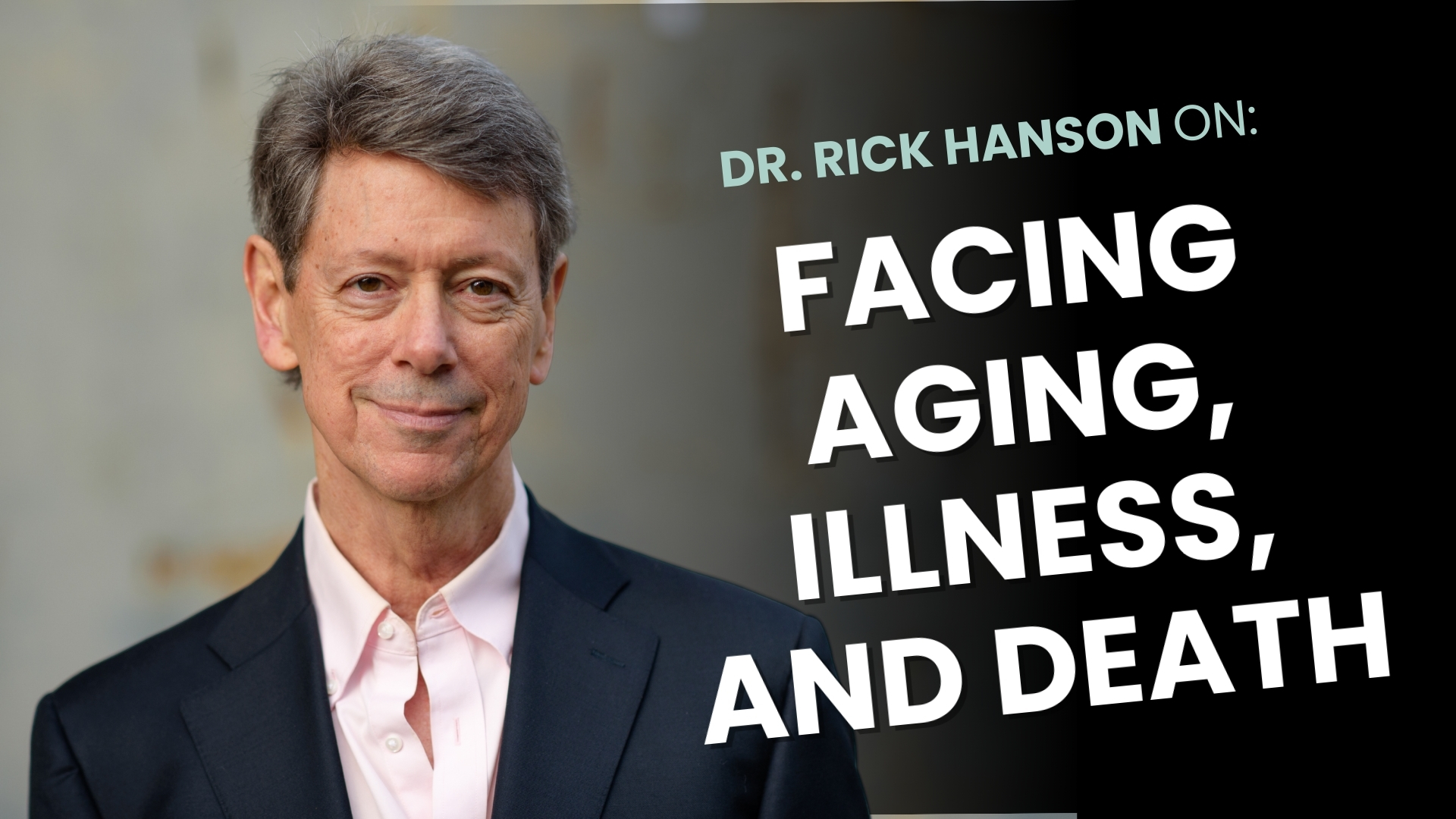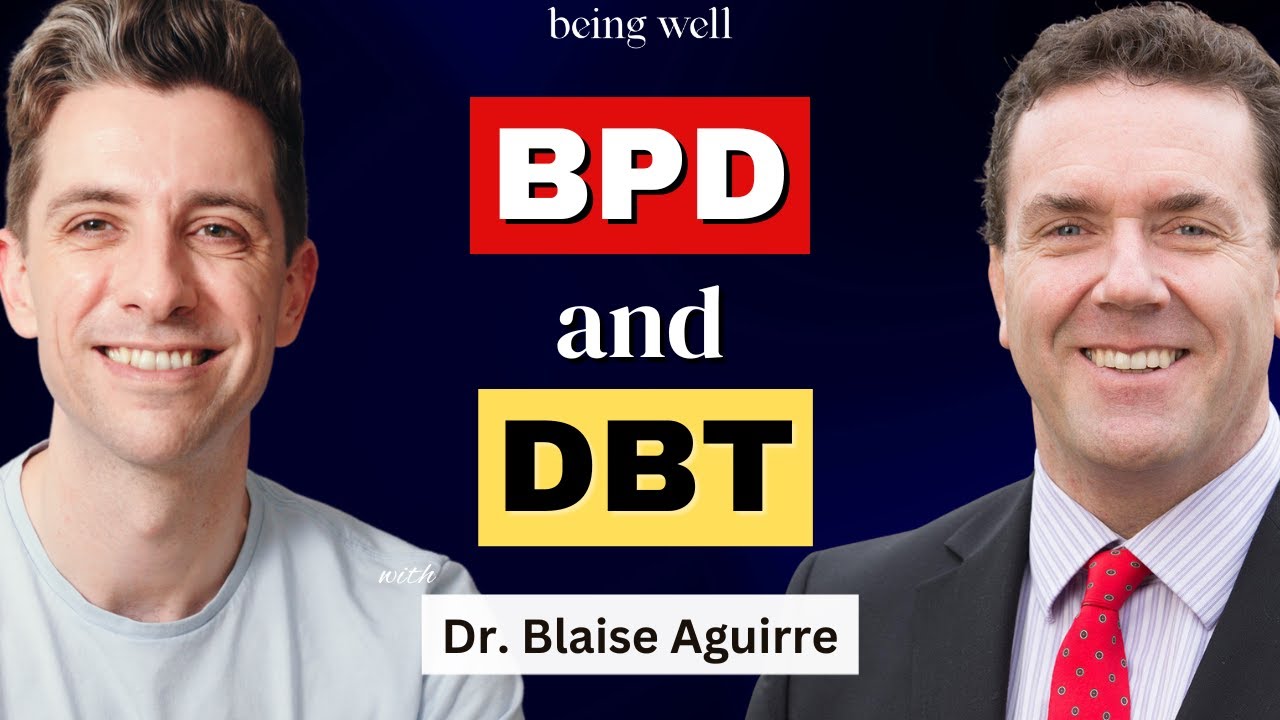Keys to Awareness
• Feel that your own well-being and functioning matters. Get on your own side; be for yourself. Question: How many people does it take to change a light bulb? Answer: Only one. But the light bulb has to want to change.
• Cultivate wanting to be in reality, to know the facts of the inner and outer worlds. Know and trust that your greatest safety and hope is in seeing what’s true, no matter what it is. Whenever you move into awareness/observation mode, you instantly distance yourself from things (inside or outside yourself) that are painful, and center yourself in a place that is inherently calmer and wiser than just reacting. And the only way you can intervene in your experience or your environment in order to make things better is by knowing what the facts are and what has caused them to be.
• Bring compassion and kindness to yourself and to whatever your awareness finds. Hold your innermost feelings and longings with the sensitivity and concern you should have received as a child.
“Bare Witnessing”
• Be a neutral watcher of your experience and the outer world, an “observing ego.” “No praise, no blame.” “Just the facts, ma’am.” “Don’t know mind.”
• Your observing awareness is separate from experience and world. You have thoughts, etc., but you are not the thoughts, etc., themselves. Know your experience without identifying with it. You are being with your experience, but not caught or hijacked by feelings, wants, etc. Watch the movie without jumping into the screen.
• We all repeatedly get sucked into our experience and lose the peaceful detachment of observing it. Don’t worry, don’t scold yourself, just return to an awareness of whatever’s arising.
Awareness Is Never Tainted or Harmed
• Awareness is like a screen on which experience and the outer world register, “like a pond on which shadows are cast by geese flying overhead,” but it is never sullied or changed by the passing show. No experience can hurt consciousness itself, the essence of who you are.
• Allow whatever is there in awareness to be present, without resistance. Sincerely and resolutely push through any reluctance to seeing the truth, both good news about yourself (often the hardest to let in!) and the world, and painful or dark things. Accept the way it is. Receive it, don’t fight it.
Active Inquiry
• Actively peer into yourself, like a scientist. Inquire, turn over stones, look ever more deeply. The textures of experience and the landscapes of personality are endlessly interesting.
• Track both the breadth and depth of your experience. “Breadth” means the full spectrum of: thoughts, feelings, sensations, wants, images, memories. “Depth” means looking down into the layered mosaic of the self, which includes (A) structure (e.g., traits, sub-personalities, fundamental values), (B) softer, more vulnerable material beneath rigid positions and anger, and (C) material from childhood beneath here-and-now adult reactions.
• Look for recurring patterns, “psychodynamics,” what leads to what.
• Develop a model of yourself, a growing picture. Be guided by knowing “the usual suspects.”
Awareness and Attention
• Awareness is about attention: a spotlight illuminating objects.
• Attention is knowing: “Breathing in, know that you are breathing in.”
• Concentration is a tight “beam” of attention on something, like the breath or a specific emotion. Mindfulness is a more diffuse, free-floating attentiveness to the whole of your experience. Getting better at both through informal and formal practice is the foundation of skillful awareness.
View Part II, offering additional key points to awareness such as concentration, mindfulness, seeing the nature of experience and knowing your innate goodness.




